The kitchen is a particularly high-traffic area of the home, seeing large amounts of daily waste. From leftover food to discarded cling wrap and takeaway containers, no other room produces quite so much rubbish. But that also makes the kitchen a great starting point for a more sustainable lifestyle. With the amount of single-use products we throw out on a daily basis, there are many sustainable alternatives all around us, just waiting to be discovered. Here are just a few of our favourites.
Cling wrap = Beeswax wrap
Cling wrap is most commonly used to cover leftovers, fruits and other food items that you wish to keep fresh. Beeswax wrap is a great alternative, getting the job done while offering a few extra features. For instance, did you know that beeswax is naturally antibacterial, reducing the risk of cross-contamination in the fridge? You just need to use your hands to warm up the wax, moulding the wrap to the shape of your food or container, and the beeswax will do the rest.
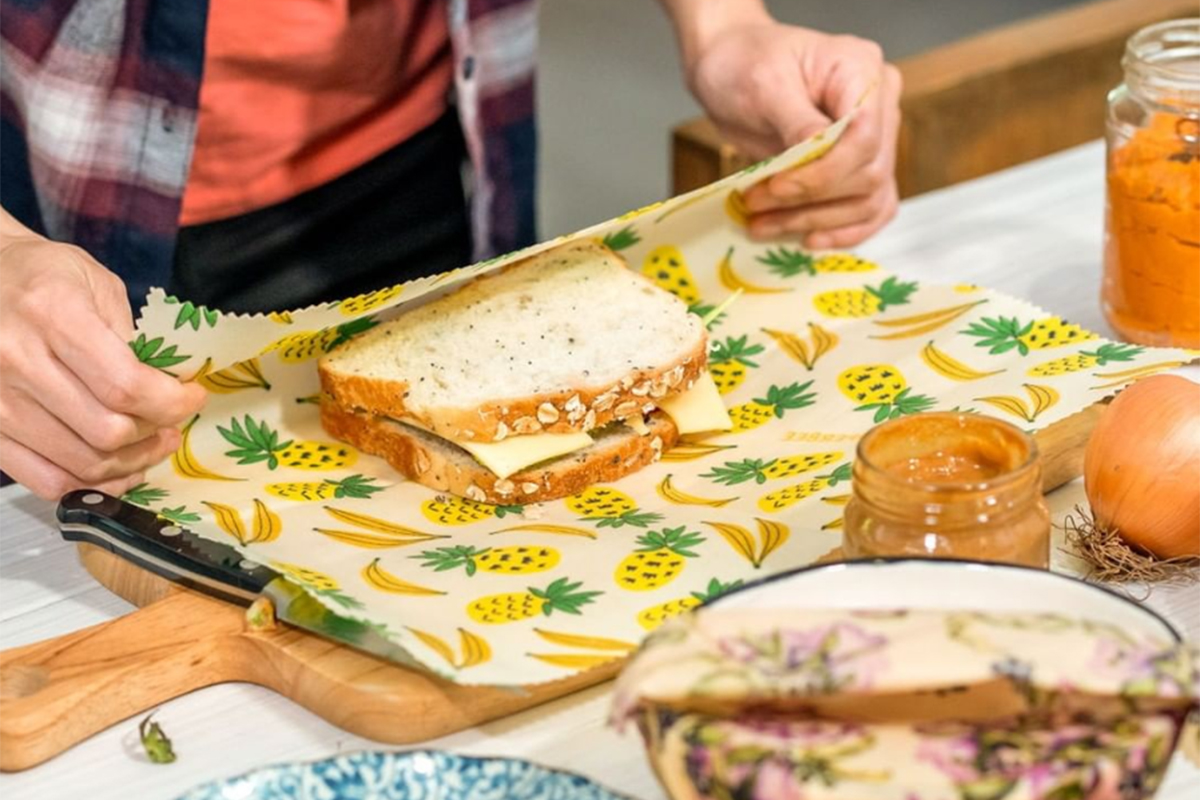
Beeswax wrap, $29.90, Your Sustainable Store
Paper towels = Cloths
Instead of spending money on rolls upon rolls of paper towels that end up down the rubbish chute, why not invest in a few cloths that you can keep reusing? Swedish dishcloths are highly absorbent yet dry quickly and are additionally great at picking up dust. Locally made Unpaper towels are another great alternative to standard paper towels, becoming more absorbent over time. They’re also entirely compostable once they’ve run their course!
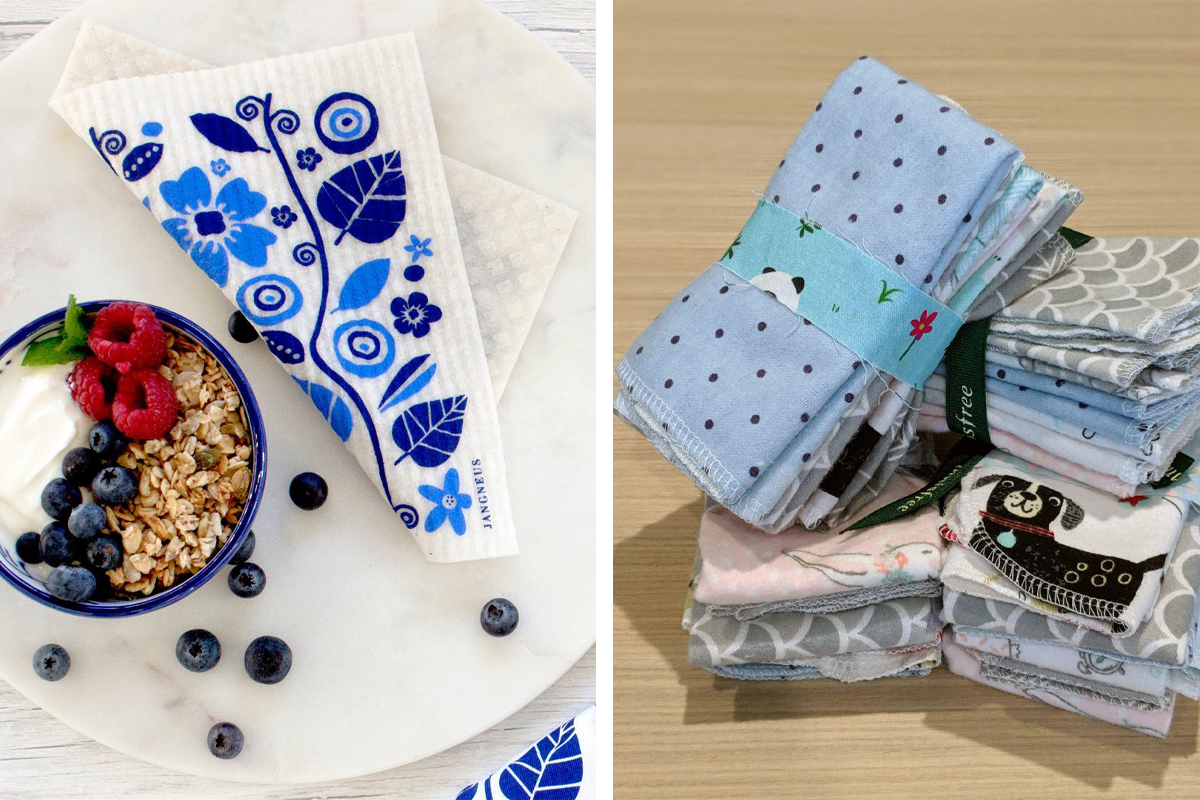
Swedish dishcloth, $5.90, Your Sustainable Store
Unpaper Towels, from $25, The Sustainability Project
Dustbin liners = Cassava bags
Instead of overwhelming the planet with plastic that cannot be properly disposed of, image if your dustbin liners and waste bags just … disappeared! TeloBag produces waste bags using cassava root, which is natural and biodegradable. The bags can be reused multiple times and once they are ready to go, they will dissolve in water, return to the soil or burn to ashes, never harming the environment with any toxic gases. The bags are even safe to eat for animals!
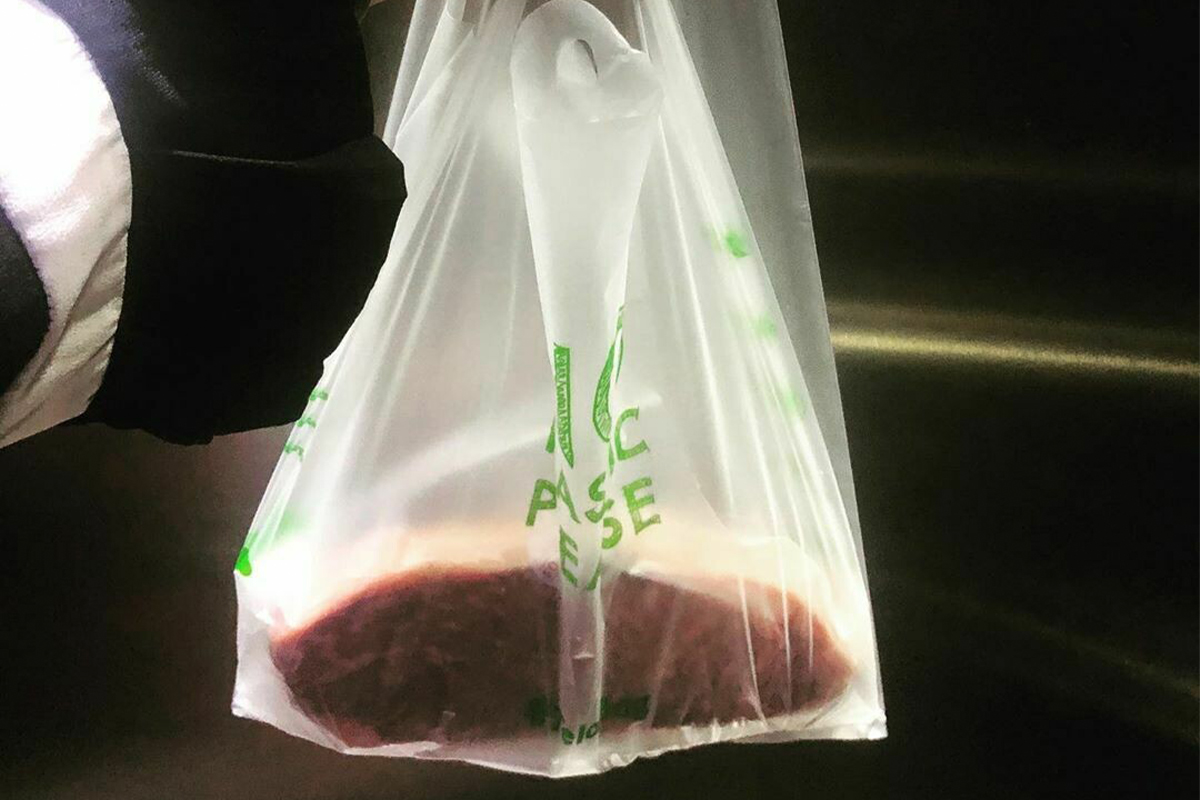
Cassava waste bag, from $7.30, Telobag
Ziploc bags = Stasher bags
A simple alternative to plastic is silicone. While silicone is not biodegradable, it is much sturdier than plastic and does not break down into small pieces that end up being consumed by animals. Moreover, food-grade silicone doesn’t contain any of the harmful toxins present in plastic, making it a much healthier material to use in the kitchen. Convinced to make the switch? Stasher bags are a good place to start. They provide an air-tight seal to keep food fresh and tasty, just like your trusty ziploc bags, but minus the harm to your health and to the environment.
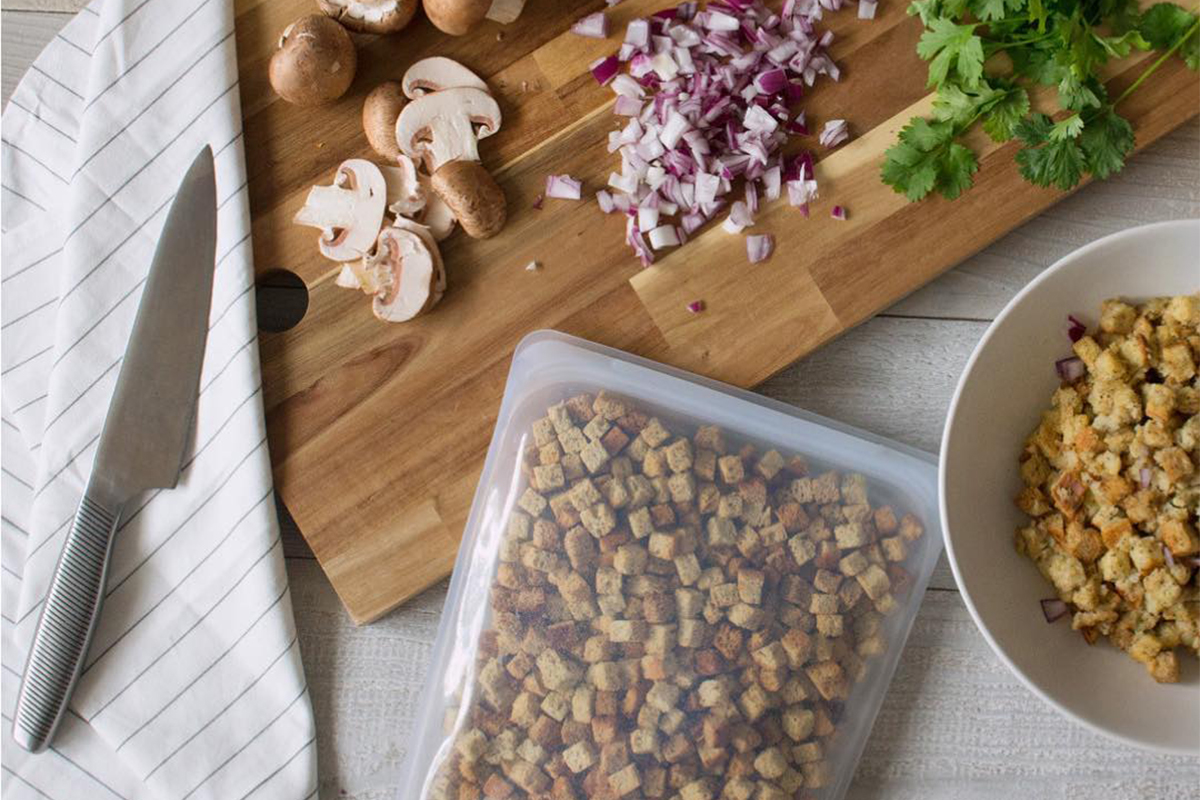
Stasher bag, from $18.90, Your Sustainable Store
Plastic bags = Reusable shopping bags
A vast number of plastic bags is wasted every week during grocery runs. Particularly here in Singapore, where groceries are often double-bagged, an enormous quantity of plastic can go to waste in a single shopping trip. Thankfully, there are many reusable shopping bags on the market, made of mesh, cotton and even recycled plastic. Make sure to get bags that are large enough for your style of shopping, and that you have a few tightly woven produce bags on hand as well.
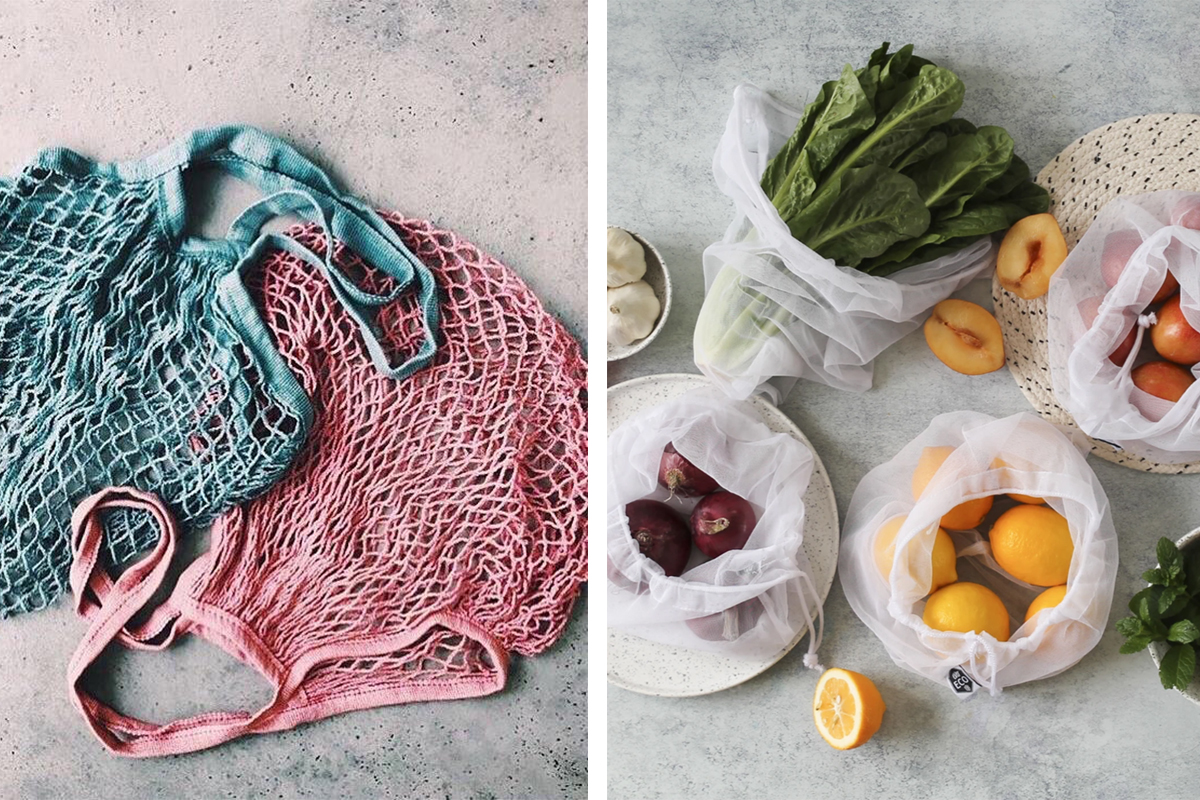
String bag, $12, The Sustainability Project
Reusable produce bag, $3.90, Your Sustainable Store
Plastic food containers = Stainless steel containers
Instead of getting plastic containers from your favourite hawker stall when you order your next takeaway, why not bring along your own container? Food-grade stainless steel does not emit any toxic gases, making it safer than many plastic containers, and can be easily recycled. Just make sure to only use your container for solid foods, as stainless steel containers are often not leak-proof.
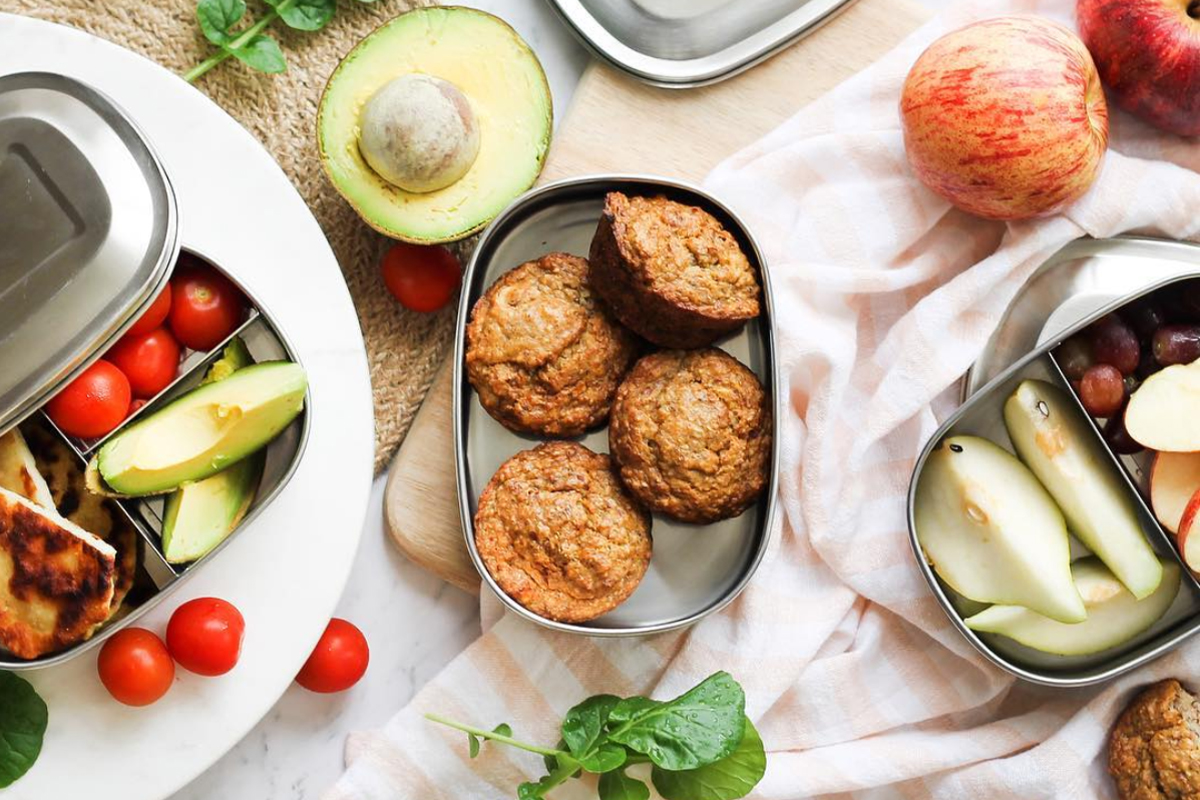
Stainless steel bento box, $24.90, Your Sustainable Store
Plastic bottles = Glass bottles
Most of us are lucky enough to have access to clean tap water, and yet we continue to purchase plastic water bottles. The best alternative to this wastage is to get yourself a durable glass bottle that can be recycled and is much healthier for you in the long run, containing no harmful chemicals. Glass bottles by brands like SoL and SOMA come with a lightweight design and an additional silicone sleeve for gripping safety. Plus, they don’t taint the water with the metallic taste that steel bottles tend to release. Get ready to say goodbye to plastic bottles for good!
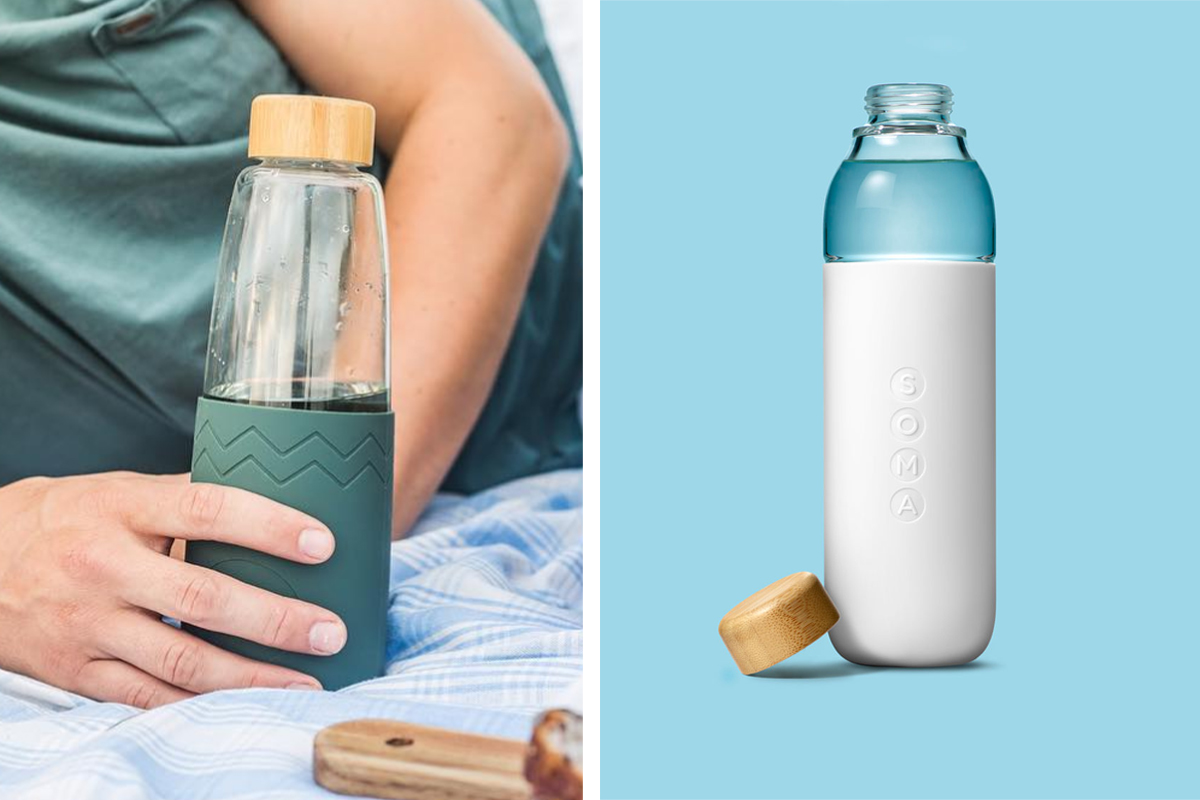
SoL bottle, $50, The Sustainability Project
SOMA bottle, $34.90, SOMA
Plastic straws = Reusable straws
The classic example of giving up plastic is switching out your straws. Nowadays, straws come in a variety of materials, most commonly metal, glass, silicone and bamboo. All four are sustainable and eco-friendly and make great alternatives to plastic straws, so it’s really about your personal preference. Metal straws are the most long-lasting but can sometimes leave a metallic taste, particularly in water. Glass straws have a nice look to them and don’t leave any kind of taste, but can break more easily. Silicone is particularly child-friendly and good for travel, but the material can be hard to insert into cups. Finally, bamboo straws are completely biodegradable and thus the most environmentally friendly, but they also deteriorate more quickly and might retain the taste of juice and other drinks over time.
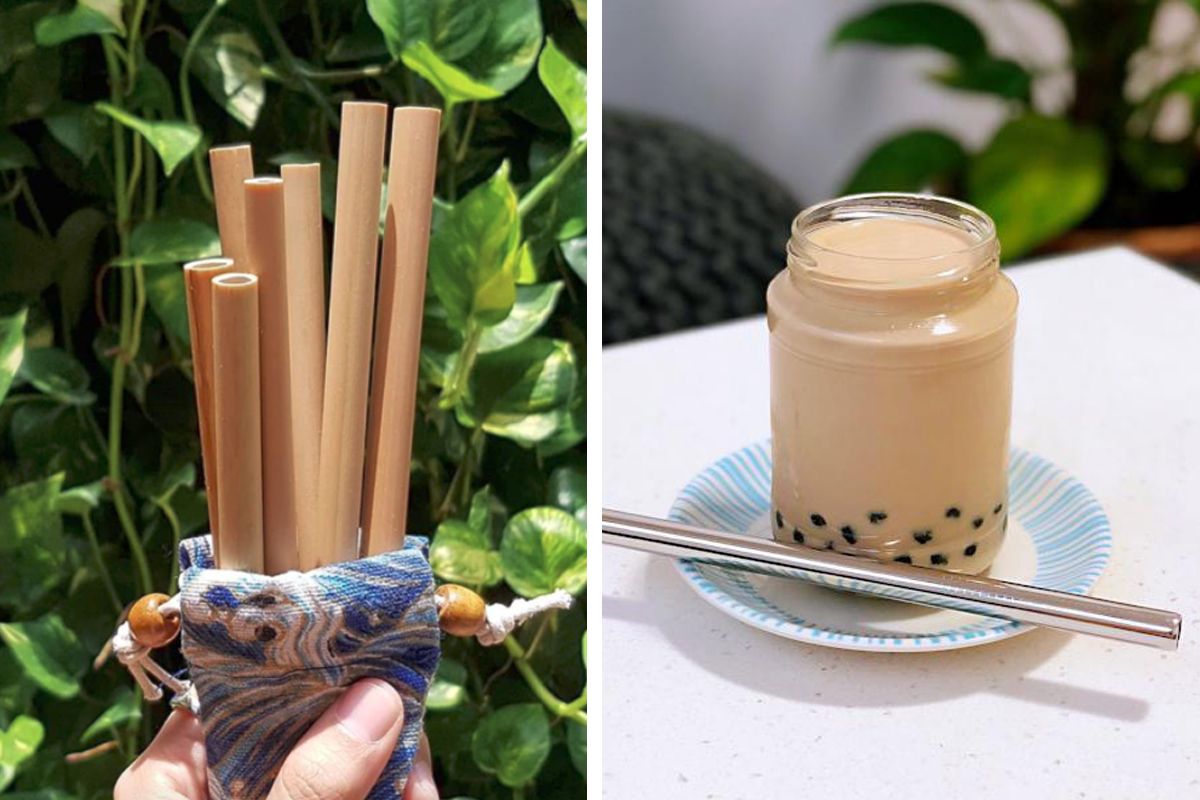
Bamboo straws, from $15, Bamboo Straw Girl
Bubble tea straw, $8.90, Your Sustainable Store
Plastic bowls = Coconut bowls
While you probably use standard ceramic plates and bowls for your own meals, giving those to a child will likely end up with a whole lot of shards on the floor. If your instinct is to reach for plastic plates as a child-friendly alternative, consider these ingenious Coconut Bowls first. Made entirely from real coconuts discarded as waste, these bowls are food-safe and sturdy, making them perfect for yourself, your kids and anyone who loves a pretty bowl. The Coconut Bowl set even comes with a handy spoon made of reclaimed Indonesian rosewood. Do note that these bowls are not microwave-safe and should not be kept in the fridge either, as extreme temperatures can damage the coconut.
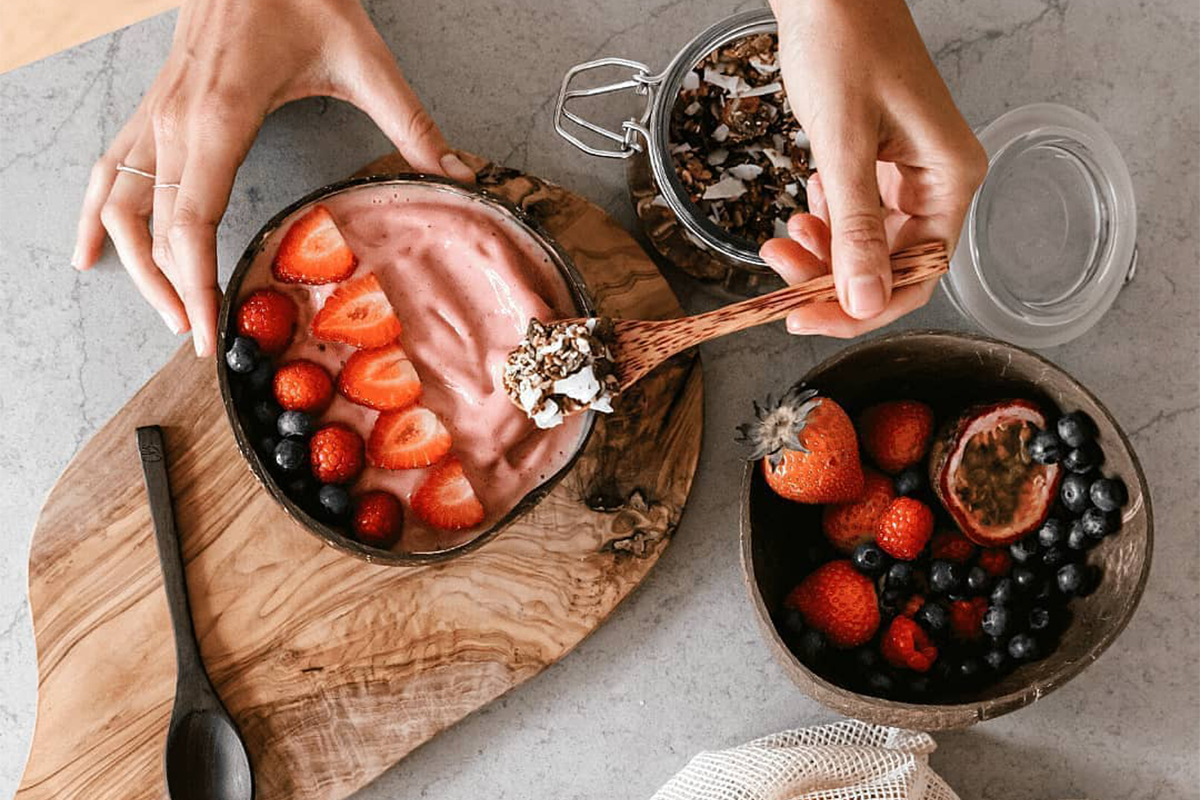
Coconut Bowl set, from $8, The Sustainability Project
Single-use tea bags = Reusable tea bags and strainers
If you’re a tea lover, it might be a crushing realisation that single-use tea bags often contain plastic and are generally not environmentally friendly. Thankfully, the alternatives are simple and affordable. One one hand, tea strainers have been around for a long time and are a very straightforward alternative. You simply purchase your favourite tea leaves separately and pour them into the strainer, then soak them in a cup of hot water just like you would with a tea bag. Reusable tea bags, on the other hand, have the small advantage that they don’t let any small leaves slip out, which happens with a strainer from time to time. Both options are environmentally friendly and make for a delicious cup of tea.
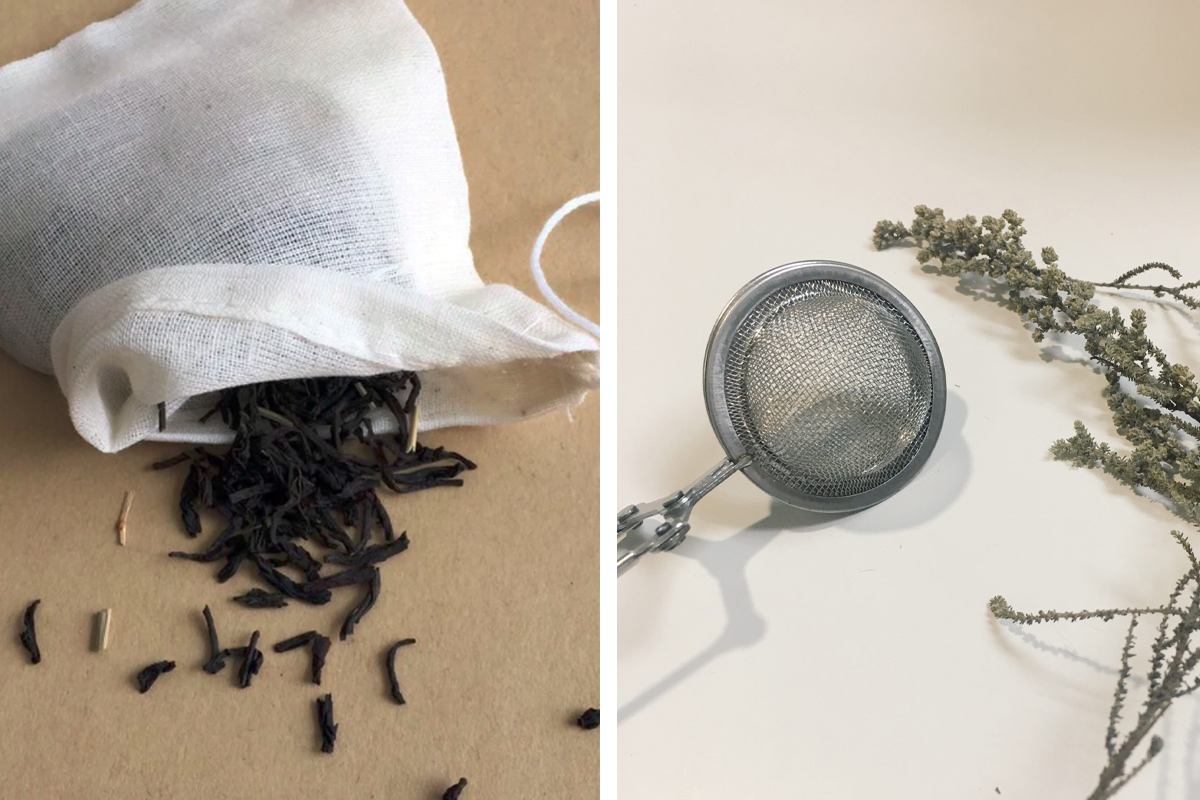
Reusable tea bags, from $5, Bamboo Straw Girl
Tea strainer, $8, The Sustainability Project



